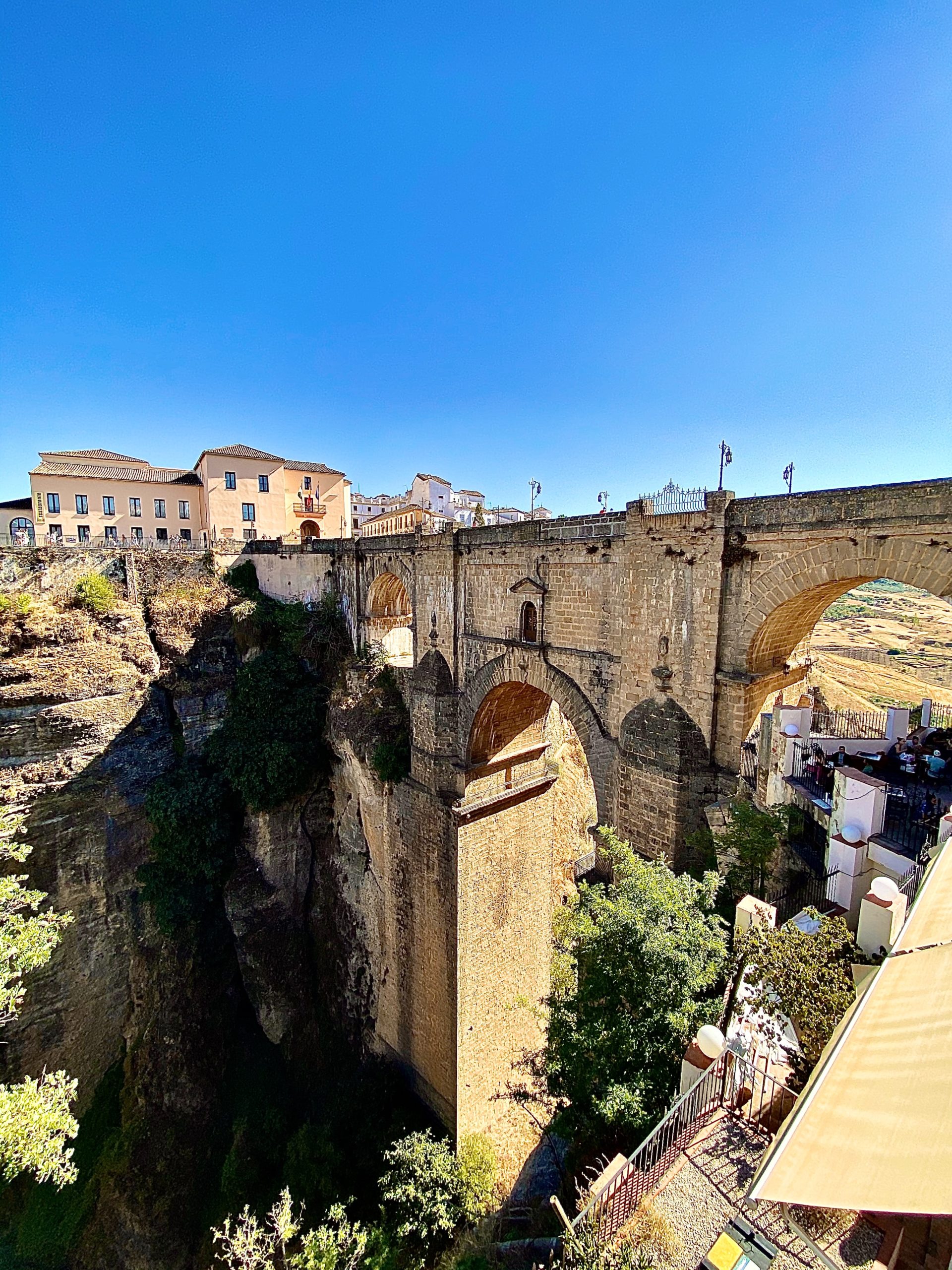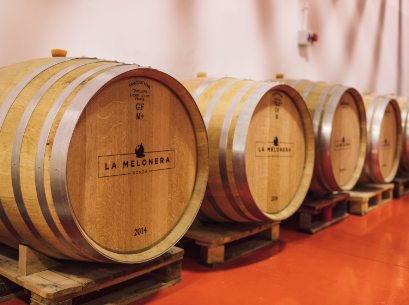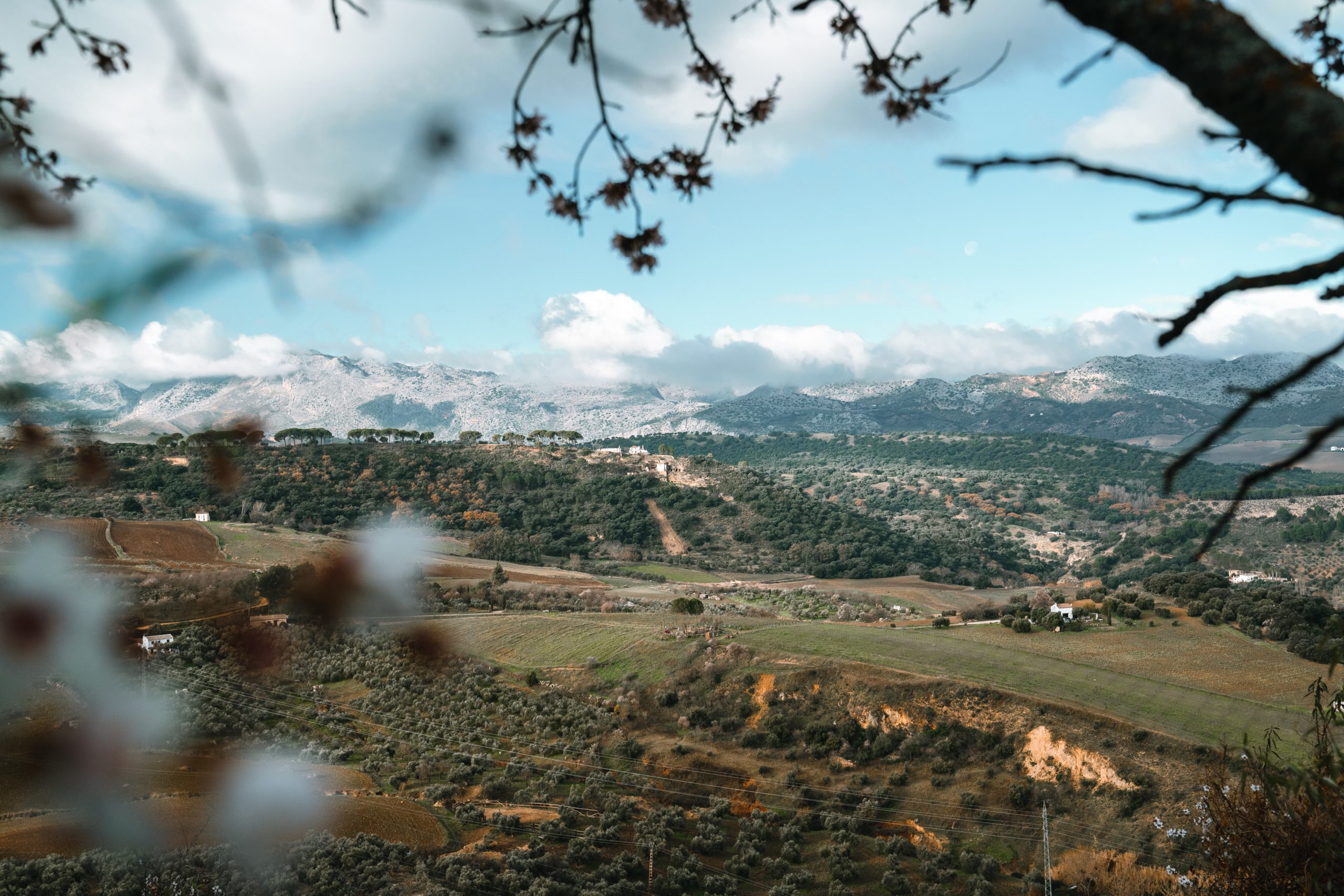“Spain, that beautiful country of wine and songs” as Goethe said in Faust.
Initially, there was only one designation of origin – the Malaga DO, with its particular ‘criaderas y solera’ ageing system (i.e. young—’criaderas’—wines and older—’solera’—wines) famous for its sweet wines, muscatel and Pedro Ximenez.
The creation of the Sierras de Malaga DO was motivated by the need to produce wines following the methods employed by other wine-growing areas, which also expanded the varieties of grapes permitted for the production of Malaga wines.

Romé, Cabernet Sauvignon, Merlot, Shyrah, Tempranillo, Garnacha, Cabernet Franc, Pinot Noir, Petit Verdot, Graciano, Malbec, Monastrell and Tintilla are some of the red grape varieties used for Sierras de Malaga DO wines. This DO encompasses 67 municipalities located in four production areas – Axarquia, Montes de Malaga, Norte, and Manilva, and one sub-area – Serrania de Ronda. This DO is particularly known for its still wines (between 10 and 15.5% alcohol and a sugar content of less than 12gr/l) with outstanding character.
Sierras de Malaga DO natural white, red and rosé wines supplement the province’s wine offering with an exquisite bouquet of aromas.
Shall we explore this beautiful area and see what it has in store for us?
Sierras de Malaga DO Route
Let us start with a pit stop at the Embalse de la Concepcion, a unique natural reservoir serving more than 450,000 local people. Its waters, teeming with rainbow trout and barbel, are perfect for water sports.
From there, we will set course for Ojen, a charming town nestled on the hillsides of Sierra Blanca, just 7 kilometres from Marbella. An absolute must is the Wine Museum, which sits on an 18th century building that housed Ojen’s former spirits distillery known as ‘Pedro Morales’. Four picturesque rooms display old labels, bottles and stills to marvel at and learn about the history of the various types of wines from Malaga.
On our way to Arriate, we will set foot in the Sierra de las Nieves Natural Park. We highly recommend making several stops to take in the sights and share in the beauty—for this dramatic landscape must be fully appreciated with calm and particular attention—.
El Burgo—a village that has succeeded in preserving the same peace and warmth that its streets provided visitors with in bygone times—is surely worth a leisurely stroll. The gateway to the region of Ronda, El Burgo is nestled in the valley and boasts a smooth topography peppered with olive groves and cereal fields—in stark contrast to the pine forests that cover most of the mountain slopes—. There are many places worth photographing – the Acequia Medieval, the Dique waterfall, the Molino de la Fuensanta, and many others.
A magical spot on the banks of the Turon river and another must-visit is the Mirador del Guardia Forestal, a privileged place boasting dramatic views of the headwaters of the Turon basin. Here, you will again appreciate, at a glance, the diversity of the Sierra de las Nieves.
Rocks as white as snow will extend under our feet. Before us, a landscape comprising Spanish firs (pinsapos), holm oak groves, Aleppo pine and warf mountain pine forests, junipers and Cornicabra will emerge. This elevated standpoint affords impressive panoramic views over Sierra de las Nieves.
We will then call at Arriate. Of Moorish origin, this is one of the most beautiful towns in inland Malaga and sits in the lowlands of the Ronda depression. The views of the Guadalcobacin valley are sure to take your breath away. In Arriate, we can enjoy a visit to two small family wineries that will surely and pleasantly surprise you by the quality of their humble wines.

And To Draw The Tour To A Close With A Final Flourish…
It is no surprise that our tour through the Sierras de Malaga DO concludes in Ronda. Right in the heart of the Serrania de Ronda, a very special winery brings back to life a grape, which for long fell into oblivion – La Melonera.
This winery has single-handedly brought back to life the historical varieties that have long produced exceptional wines. With considerable effort, the native strains were traced and lovingly brought back to life to give them their deserved prominence. Today, its cherished wines—La Encina del Ingles and Payoya Negra—are living proof that the goal has been reached.
The best way to end this tour is to raise our glasses and toast the experience – Such a full suite of colours, aromas and landscapes are sure to leave a mark on you.




